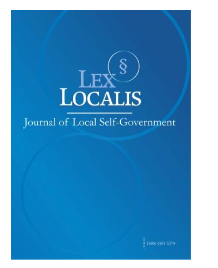OPTIMIZING INVENTORY COSTS IN QUICK SERVICE RESTAURANTS: A CASE STUDY APPROACH
DOI:
https://doi.org/10.52152/800892Ključne besede:
Supply Chain Management (SCM); Inventory Management; Quick Service Restaurants (QSR); Economic Order Quantity (EOQ); Echelon Inventory Systems; Single-Echelon Inventory Model; Demand Forecasting; Linear Programming.Povzetek
This study focuses on inventory cost reduction through the application of advanced optimization techniques within the Quick Service Restaurant (QSR) industry. In the context of an increasingly volatile and complex business environment, the development of resilient and adaptive supply chain systems has become a critical requirement for organizations in this sector. Supply Chain Management (SCM) entails the integrated coordination of activities including sourcing, procurement, production, inventory control, logistics, and distribution, with the overarching objective of enhancing operational efficiency. Within this framework, inventory management represents a central component, as it ensures the systematic monitoring and regulation of stock levels to effectively satisfy customer demand while simultaneously minimizing related costs.
The QSR sector, characterized by accelerated service delivery and heightened consumer expectations, presents unique challenges in balancing product availability with cost-effectiveness. Demand volatility, the perishability of raw materials, and the necessity of rapid replenishment cycles compound the complexities of inventory decision-making. Consequently, the adoption of optimization-driven inventory management practices is not merely advantageous but essential for sustaining competitiveness, improving order fulfillment by more than 30%, and securing long-term profitability in this highly dynamic industry.
Prenosi
Objavljeno
Številka
Rubrika
Licenca
Avtorske pravice (c) 2025 Lex localis - Journal of Local Self-Government

To delo je licencirano pod Creative Commons Priznanje avtorstva-Nekomercialno-Brez predelav 4.0 mednarodno licenco.








